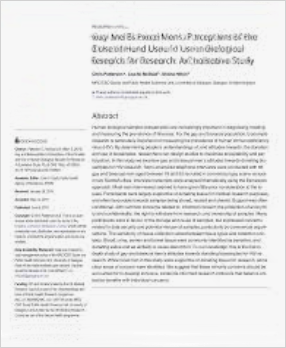Novel high-throughput cell-based hybridoma screening methodology using the Celigo Image Cytometer
Journal of Immunological Methods.Zhang H, Chan LL, Rice W, Kassam N, Longhi MS, Zhao H, Robson SC, Gao W, Wu Y
Hybridoma screening is a critical step for antibody discovery, which necessitates prompt identification of potential clones from hundreds to thousands of hybridoma cultures against the desired immunogen. Technical issues associated with ELISA- and flow cytometry-based screening limit accuracy and diminish high-throughput capability, increasing time and cost. Conventional ELISA screening with coated antigen is also impractical for difficult-to-express hydrophobic membrane antigens or multi-chain protein complexes. Here, we demonstrate novel high-throughput screening methodology employing the Celigo Image Cytometer, which avoids nonspecific signals by contrasting antibody binding signals directly on living cells, with and without recombinant antigen expression. The image cytometry-based high-throughput screening method was optimized by detecting the binding of hybridoma supernatants to the recombinant antigen CD39 expressed on Chinese hamster ovary (CHO) cells. Next, the sensitivity of the image cytometer was demonstrated by serial dilution of purified CD39 antibody. Celigo was used to measure antibody affinities of commercial and in-house antibodies to membrane-bound CD39. This cell-based screening procedure can be completely accomplished within one day, significantly improving throughput and efficiency of hybridoma screening. Furthermore, measuring direct antibody binding to living cells eliminated both false positive and false negative hits. The image cytometry method was highly sensitive and versatile, and could detect positive antibody in supernatants at concentrations as low as ~5ng/mL, with concurrent Kd binding affinity coefficient determination. We propose that this screening method will greatly facilitate antibody discovery and screening technologies.

